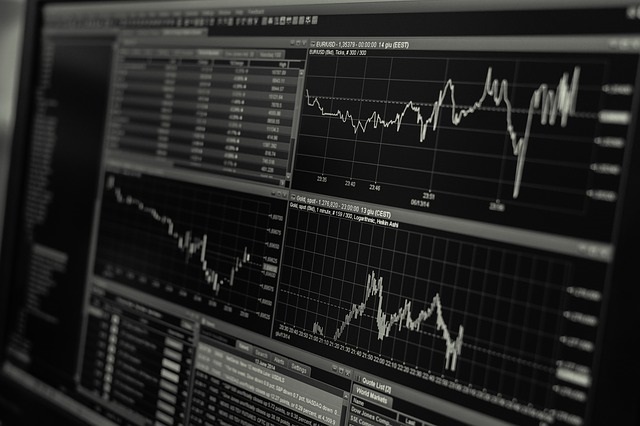Price drives everything that has to do with stock investments. You earn or you lose from the price movement. When the price goes lower than what you’ve initially invested, you’re in for a potential loss unless it climbs back up.
Similarly, when the price rises above your initial investment, then you’re in luck! You could cash in on a figurative cash cow.
Now, stocks and their prices are inherently volatile. They could be likened to somebody with mood swings that are too frequent to be comfortable. The truth is, however, there is a science behind the movement of prices in the stock market. It’s best to learn early on, during your neophyte days, what these forces are so read on and educate yourself on the forces that move stock prices.
Liquidity
The term liquidity is used to describe how much interest there is in the stock from investors. The higher the liquidity is, the more investor interest there is in the stock. This means that, while these stocks have high yield, they are also risky because investors, especially those who engage in short-term investing, are more likely to react to significant news by buying or selling ownership of stocks.
Inflation
Inflation can have an effect on the price or performance of a specific stock. It contributes to what is called in investment circles as a “valuation multiple.” This multiple is an indication of what investors expect from the stock in terms of performance. Thus, high valuation multiples could mean a positive expectation from the investors: this could draw in more investors in the future, driving the price of the stock up.
There has been an observed correlation between inflation and valuation multiples. If the inflation rate is low for a year, stocks can be expected to perform better in the future.
Demographics
Some people may find this difficult to understand, but investor demographics do play a role in the movement of stock prices.
There are two groups of investors that are predominantly active in stock trading. One group is composed of middle-earned investors, who are more likely to invest and buy into stocks. This group is responsible for driving prices up with their purchases, especially when the outlook is bullish.
On the other hand, we have the late-age bracket. This demographic is composed mostly of investors who are of retirement age. They are more likely to have invested in the long term, and rarely short the market, in hopes of amassing enough fortune for their retirement.
Trends
Trends have a tangible effect on stock prices. When, for example, the price experiences a slight rise in response to positive news (which means positive interest), other investors will send that trend and will cash in on the uptake. On the other hand, if there is a slight dip, investors could panic and sell off their shares to keep their profits or minimize their losses.
Of course, these are just four of the factors that could drive stock prices. There are many other reasons, many of them technical in nature, but much of the information you need are available on the Internet.
Do you want more articles like this? Feel free to follow our blog and our social media accounts.
Photo credit : pixabay.com






